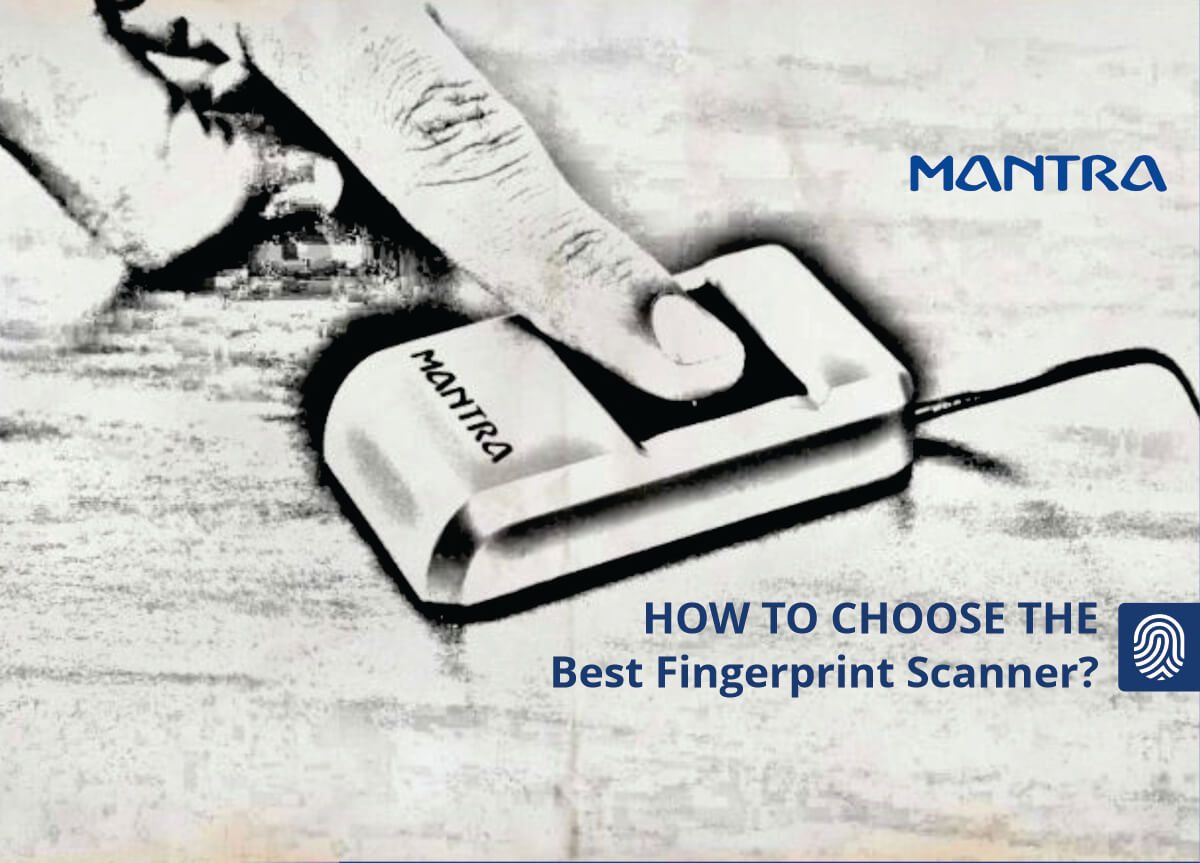
Fingerprint scanners are the most popular biometric scanners used for identification and authentication. It is part of our daily life as smartphones lock, access control, bank verification, etc. Though, if we are asked to select a fingerprint sensor, confusion is sure to ensue since there are a variety of specifications, types, and brands we have to look at.
But the choice has to be made very carefully because it entails privacy and security concerns. Here in this blog, we will give you some critical points in choosing a fingerprint sensor.
7 Factors to consider when choosing a fingerprint scanner
Your choice must depend on your application, security, and accuracy requirements. The different types of sensors available in the market are suitable for different scenarios. The factors in choosing one from them are:
1. Sensor type
There are four types of sensors available in the market:
Optical sensor: The optical sensor illuminates an array of LED lights on the finger. The illumination turns the ridges and valleys of fingerprints into a black and white pattern, which is then captured by a CCD or CMOS image sensor. The latest optical sensors come with high durability and scratch-free surface. Optical sensors are now widely used in access control, ten-print enrolment devices, biologin, ATMs, KYC purposes, etc.
Capacitive sensor: The sensor consists of an array of capacitors that reads the capacitive difference between fingerprint ridges and valleys to create a digital image of the fingerprint. It is the most accurate fingerprint sensor available and is slim and compact. Capacitive sensors have applications in smartphones, laptops, KYC, biologin, ATMs, etc.
Ultrasonic sensor: Like in sonar, ultrasonic measures the time delay between ultrasonic waves reflected from ridges and valleys of the fingerprint. It can create a 3D image of a fingerprint and is commonly utilized on smartphones and tablets for onscreen fingerprint scanning. We can find these in other applications like ATMs, POS machines, biologin devices, etc.
LES (Light Emitting Sensor): Luminescent phosphorus particles used in the LES's capture area illuminate only when it comes in touch with human skin. A TFT camera captures the illumination (fingerprint pattern) formed on the sensor. LES is a relatively new technology used in integrated tenprint scanners and other integrated devices.
Also, read Fingerprint Sensors Market Analysis: Sectors Driving Up Their Demand
2. Device type
Fingerprint sensors come in different variety of types that suit various applications. Choose the suitable device type for your application.
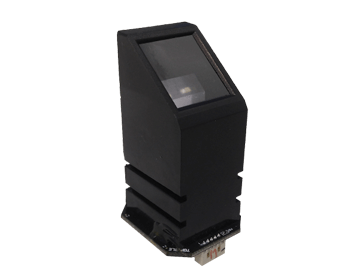
They allow developers and manufacturers to install fingerprint scanners into their products. It converts any electronic gadget into a biometrically authenticated device.
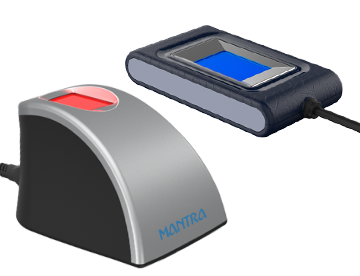
It is a simple and compact sensor device that can scan fingerprints remotely when connected to a computer or smartphone. Its USB connectivity gives it greater flexibility.
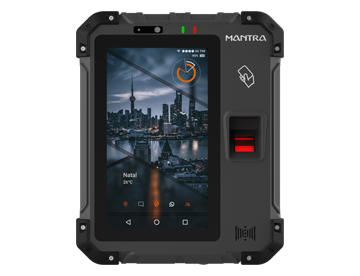
A fingerprint sensor of any type is integrated into a tablet or mobile device specially designed for tasks like access control, payment transactions, banking, etc.
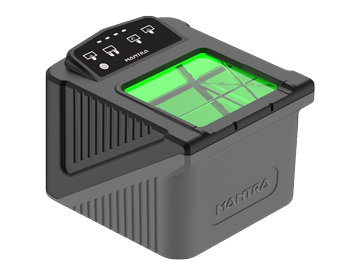
It has a larger surface area that can capture a four-finger slap. It can read and digitalize all the ten fingerprints into one image by scanning in a 4-4-2 pattern (right slap-left slap-two thumbs). It has applications in citizen enrollment, law enforcement, and livescans at airports.
3. Image quality
The fingerprint scanner should satisfy the necessary image quality for the application. DPI (Dots Per Inch) is the image quality criterion; the higher the DPI, the better the image quality. The typical minimum for FBI-compliant scanners is 500 DPI.
4. Compatibility
Let it be of any type; it must be compatible with the application software and hardware interface. Most gadgets now have USB connections, and integrated devices include 4G/3G, Bluetooth, and wi-fi connectivity.
5. Standards and certifications
Standards and certifications are critical in ensuring the privacy of biometric data. International certifications for fingerprint scanners include FBI IQS IAFIS (Specification Appendix F), American National Standards Institute (ANSI), and National Institute of Standards and Technology (NIST) for image quality and security. Also, you can check CE, FCC, WHQL, and RoHS to ensure compatibility and connectivity.
6. Usability
The usability of the device depends on the working environment and application type. One must choose a rugged device to use in industrial applications and manufacturing, and it must have an IP rating for dust protection and water resistance. Slim and sleek devices are there for remote KYC and biologin applications.
7. Brand
Finally, the most crucial factor is the brand's trustworthiness. The certificates provided by the brand should be genuine. Besides brand value, it must also provide implementation support, post-purchase services, warranty, and support.
Also read: How to Clean the Fingerprint Sensor Device?
Conclusion:
Choosing the right fingerprint scanner is very simple if you know your application requirements well. The list above may help determine the best sensor.
If you are looking for a trustworthy brand that can supply a full range of fingerprint and biometric sensor devices, Mantra would be the right place. inquiry form.
chandan kumar sharma
Sensor Module 1 pc
Reply